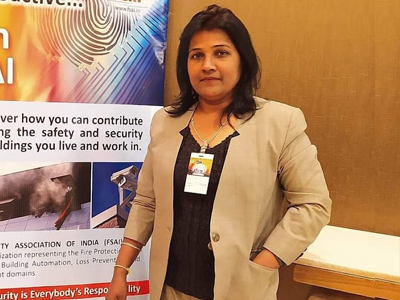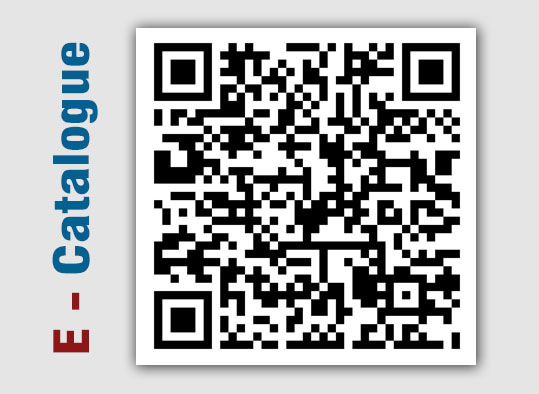Visual AI for OSH: Unlocking the Power of Data

In the ever-evolving landscape of workplace safety, technology continues to play a pivotal role in enhancing Occupational Safety and Health (OSH). Among the myriad of technological advancements, Visual Artificial Intelligence (Visual AI) has emerged as a game-changer, offering unprecedented capabilities to monitor, analyze, and improve safety protocols. By harnessing the power of data through Visual AI, organizations can proactively identify hazards, ensure compliance, and foster a safer work environment. This article delves into the integration of Visual AI in OSH, exploring its applications, benefits, challenges, and future prospects.
Understanding Visual AI
Visual AI encompasses technologies that enable machines to interpret and process visual information from the environment. Leveraging computer vision, machine learning, and deep learning algorithms, Visual AI systems can analyze images and videos to recognize patterns, detect objects, and make informed decisions. These systems mimic human visual perception but with enhanced speed, accuracy, and scalability.
The core components of Visual AI include:
Computer Vision: Enables machines to "see" and interpret visual data.
Machine Learning (ML): Allows systems to learn from data and improve over time.
Deep Learning: A subset of ML that uses neural networks with many layers to analyze complex patterns.
By integrating these components, Visual AI can perform tasks such as object detection, scene understanding, and activity recognition, which are critical for enhancing OSH.
Applications of Visual AI in OSH
1. Hazard Detection and Risk Assessment
Visual AI systems can continuously monitor work environments through cameras and sensors to identify potential hazards in real-time. For instance, they can detect spills, obstructions, or unsafe conditions that might lead to accidents. By analyzing video feeds, AI can flag anomalies and alert safety personnel promptly.
2. Personal Protective Equipment (PPE) Compliance
Ensuring that employees adhere to PPE requirements is crucial. Visual AI can automatically detect whether workers are wearing the necessary safety gear, such as helmets, gloves, or high-visibility clothing. Immediate feedback can be provided to non-compliant individuals, reducing the risk of injury.
3. Ergonomics and Posture Analysis
Repetitive strain injuries and musculoskeletal disorders are common in many industries. Visual AI can analyze workers' movements and postures to identify ergonomic risks. By providing insights into improper lifting techniques or prolonged awkward postures, organizations can implement corrective measures.
4. Behavioral Safety Monitoring
Unsafe behaviors, such as entering restricted areas or bypassing safety protocols, can be monitored using Visual AI. The system can detect and log such behaviors, enabling targeted training and interventions.
5. Incident Investigation
In the aftermath of workplace incidents, Visual AI can analyze recorded footage to reconstruct events, identify root causes, and inform future prevention strategies. This accelerates the investigative process and enhances its accuracy.
6. Environmental Monitoring
Visual AI can monitor environmental factors like smoke, fire, or chemical leaks by detecting visual cues, ensuring timely evacuation and response.
Benefits of Visual AI in OSH
1. Proactive Safety Management
Traditional safety measures are often reactive, addressing issues post-incident. Visual AI enables proactive monitoring, allowing for immediate intervention before minor hazards escalate.
2. Real-time Alerts and Responses
With continuous surveillance, Visual AI systems can provide instant alerts to safety personnel or workers, facilitating rapid responses to emerging risks.
3. Data-driven Decision Making
The vast amount of data collected can be analyzed to identify trends, recurring issues, and areas needing improvement. This data-driven approach leads to informed decision-making and strategic safety planning.
4. Enhanced Compliance
Automated monitoring ensures consistent enforcement of safety protocols, reducing the reliance on manual supervision and minimizing human error.
5. Resource Optimization
By automating routine surveillance tasks, safety personnel can focus on higher-level safety strategies and interventions, optimizing human resources.
Challenges and Considerations
1. Privacy Concerns
Continuous monitoring raises valid concerns about employee privacy. Organizations must balance safety objectives with respect for personal privacy, ensuring transparent communication and adherence to legal frameworks.
2. Data Security
The vast amounts of data collected need secure storage and transmission. Cybersecurity measures must be robust to prevent unauthorized access or breaches.
3. Implementation Costs
The initial investment for setting up Visual AI systems can be substantial. Organizations need to assess the cost-benefit ratio and consider scalability.
4. System Accuracy
While AI systems have high accuracy, false positives or negatives can occur. Ensuring system reliability through regular updates and validation is essential.
5. Integration with Existing Systems
Seamless integration with current safety protocols and infrastructure is vital for effective implementation. Compatibility issues can hinder the utility of Visual AI systems.
Case Studies
1. Manufacturing Plant PPE Compliance
A manufacturing facility implemented Visual AI to monitor PPE compliance among workers. The system reduced non-compliance incidents by 70% within six months, leading to a significant decrease in minor injuries.
2. Construction Site Hazard Detection
On a large construction site, Visual AI was used to detect potential fall hazards and unsafe equipment usage. Real-time alerts enabled immediate corrective actions, enhancing overall site safety.
Future Prospects
The integration of Visual AI in OSH is still in its nascent stages, with immense potential for growth. Future advancements may include:
• Advanced Predictive Analytics
Combining visual data with other sensor data can enable predictive analytics, forecasting potential hazards before they manifest.
• Augmented Reality (AR) Integration Vi
Visual AI can be paired with AR to provide workers with real-time safety information overlayed in their field of view, enhancing situational awareness.
• Adaptive Learning Systems
AI systems that learn and adapt to specific workplace environments can provide more tailored safety solutions.
Conclusion
Visual AI represents a transformative tool in the realm of Occupational Safety and Health, unlocking the power of data to foster safer work environments. While challenges exist, the benefits of proactive hazard detection, compliance monitoring, and data-driven safety strategies are compelling. As technology advances and integration becomes more seamless, Visual AI is poised to become an indispensable component of OSH, heralding a new era of workplace safety.





.png)







